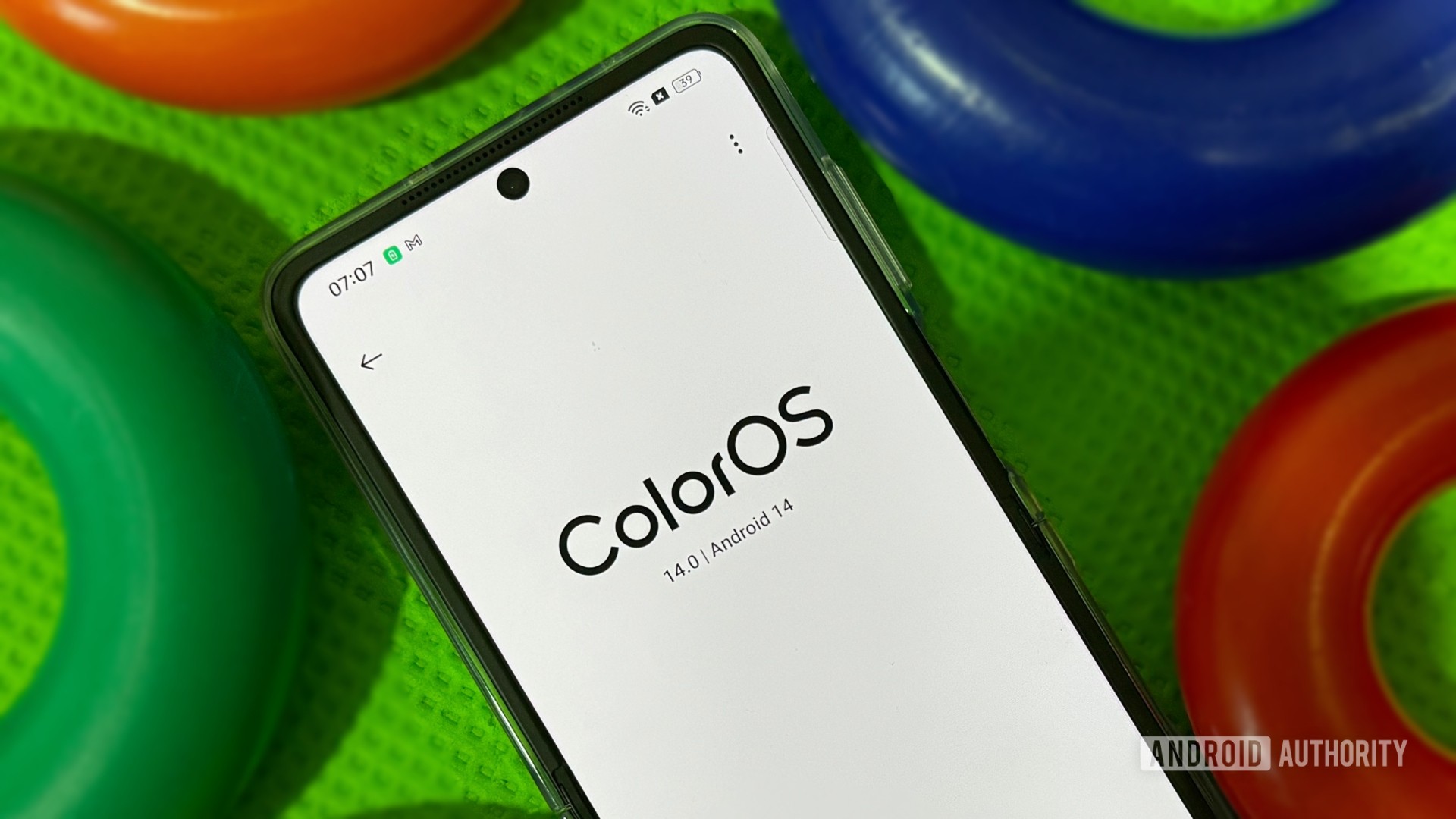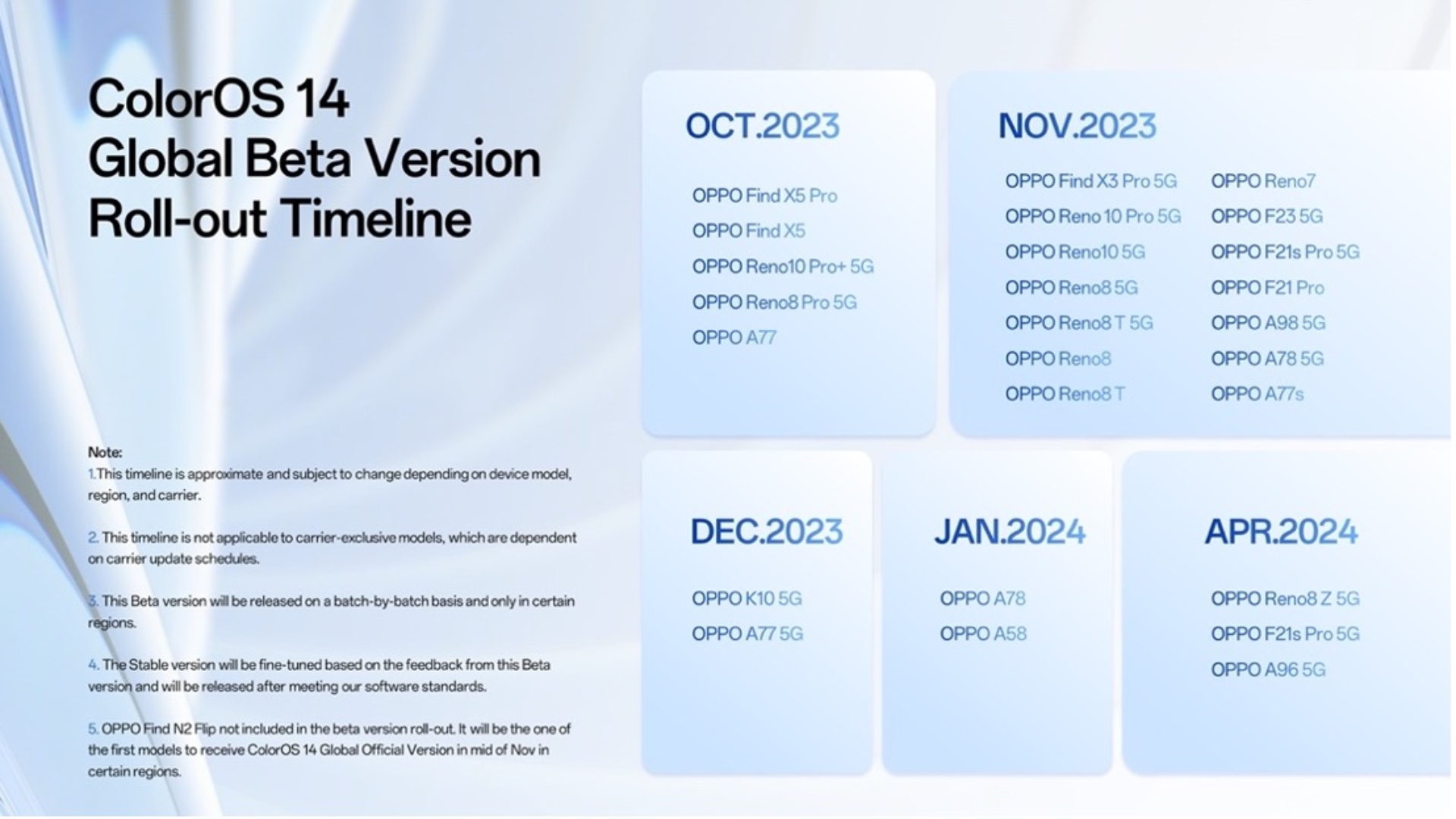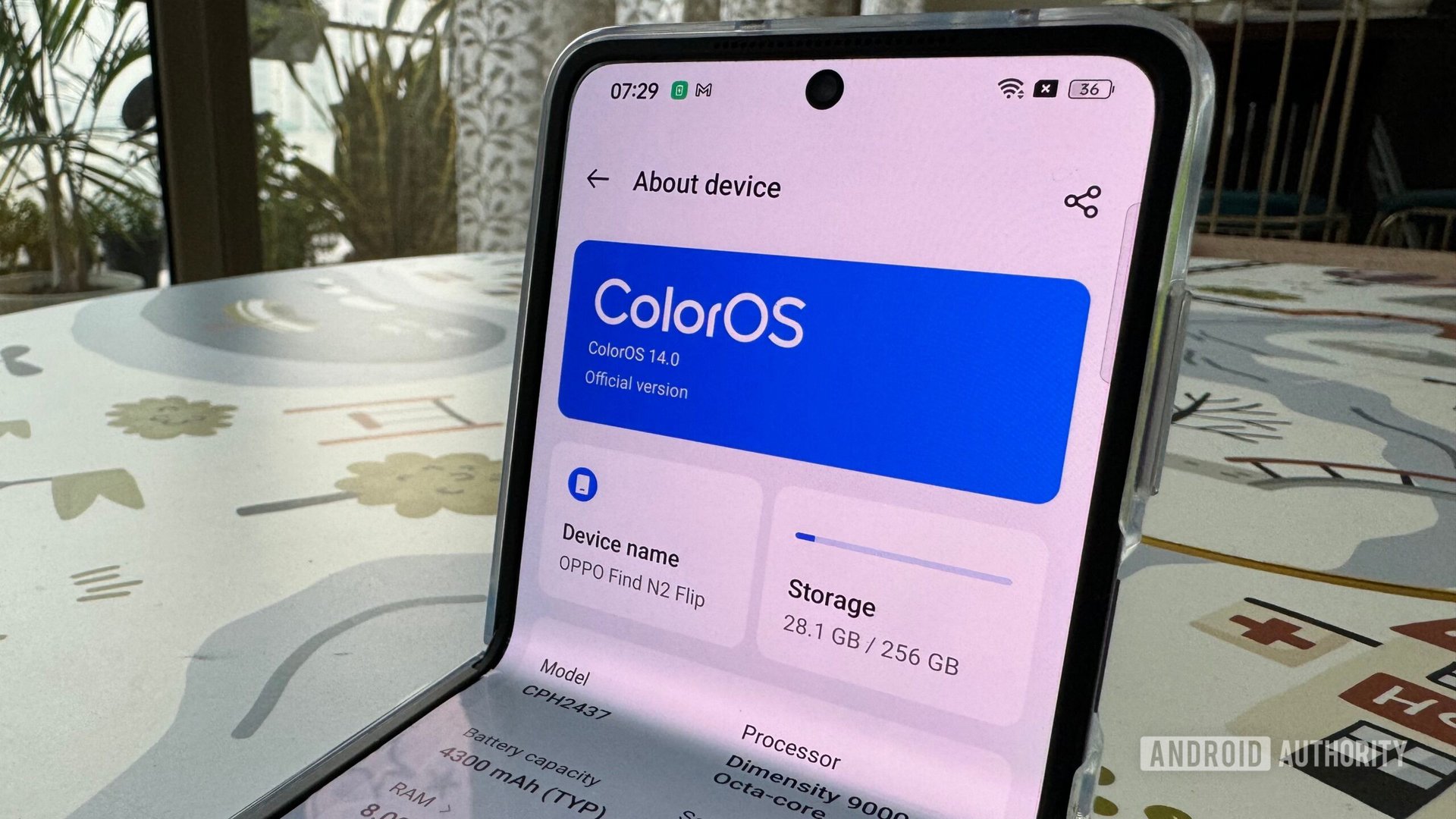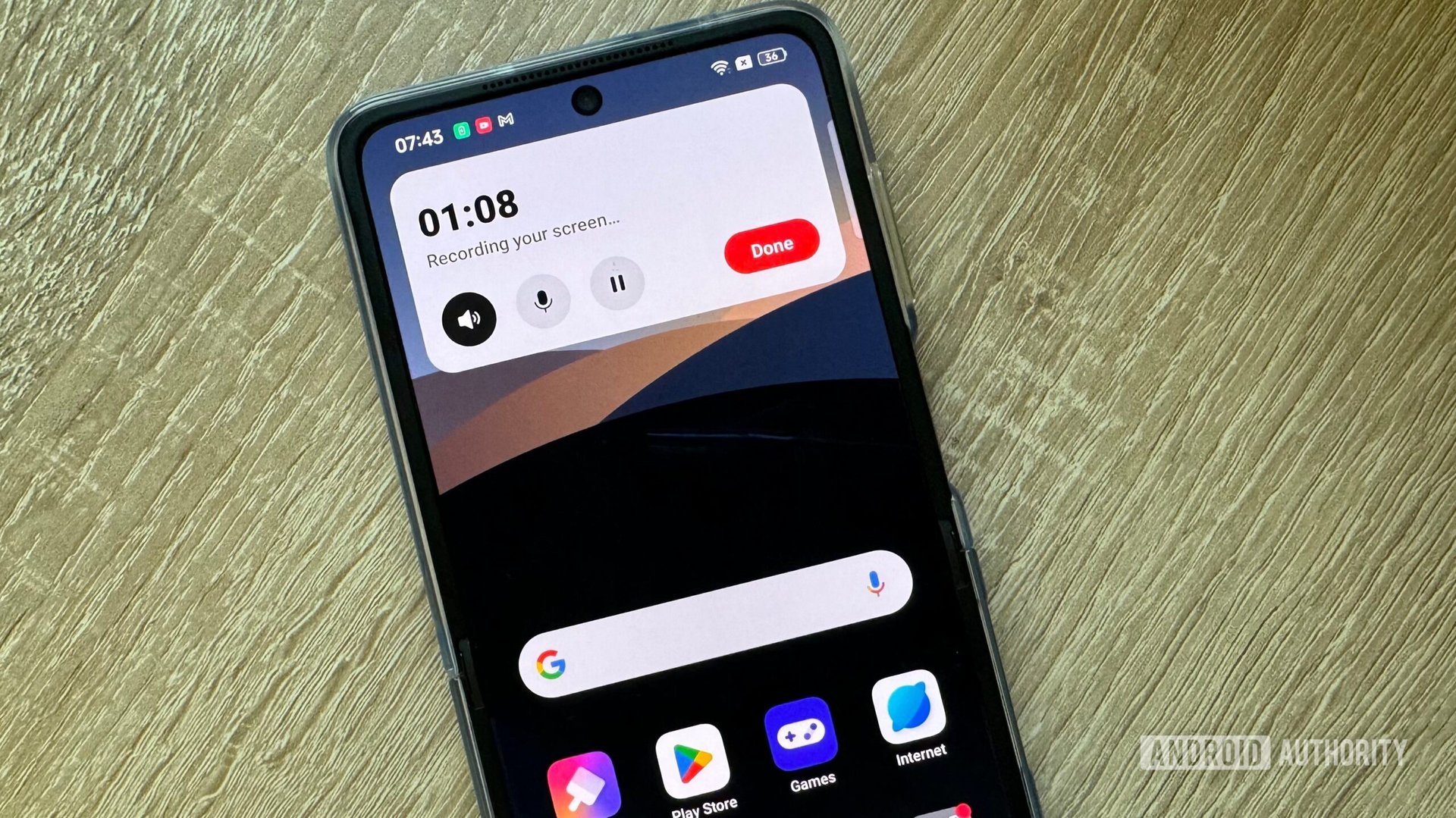Affiliate links on Android Authority may earn us a commission. Learn more.
Color OS 14 goes global: Fast, but with some rough edges

OPPO is starting to roll out Color OS 14 based on Android 14. The update comes with the October security patch and should now be available on the Find N2 Flip in select regions, with other OPPO phones on a beta rollout timeline that stretches all the way till April 24.
To be clear, the public beta of Color OS 14 rolled out back in October for the Find X5 series, the Reno 10 Pro Plus, Reno 8 Pro, OPPO A77, and OPPO A57. Today’s announcement brings the stable version of the software to a single phone — the Find N2 Flip. The company hasn’t confirmed exactly when the stable Color OS 14 update will reach its other phones, but you can check the tentative beta rollout timeline below.

Hands-on with new Color OS 14 features

There’s no other way to put it — Color OS 14 is Oxygen OS 14 for all intents and purposes, and vice-versa. Since OPPO and OnePlus “unified” their resources in late 2021, the two operating systems have become mirror images of each other and this is most evident in Color OS 14. OPPO and OnePlus even have the same names for their newest features. Remember the Trinity Engine marketing jargon from Oxygen OS 14? Well, you get served the same spiel here. Other shared marketing callouts like the “Aquamorphic design,” “Go Green AOD,” and more also show that Color OS 14 and Oxygen OS 14 are identical except for their names and the phones they reside on. With that out of the way, here’s what you can expect from Color OS 14.
More Aquamorphic elements
Color OS 14 carries forward the design philosophy of Color OS 13, wherein OPPO introduced its water-inspired Aquamorphic design. You get nine new nature-themed ringtones if that’s something you care about. OPPO also promises a new “Aquamorphic coloring system” that is supposed to seamlessly change the background theme of your phone with the passage of time and according to your phone’s status. However, you’d be hard-pressed to figure out just how this works. There’s no setting called “Aquamorphic coloring system.” There’s simply a set of home screen and lock screen wallpapers that change depending on the time of day. I didn’t notice any other elements of the UI change or appear differently courtesy of the new coloring system despite what I did on the phone.

There’s also a new “Aqua Dynamics” feature that presents the real-time status of different services in bubbles on the status bar. Think of it like OPPO’s take on Dynamic Island, but not as sophisticated. The company suggested I try the feature for voice recording and screen recording. The former worked perfectly because I could jump out of the voice recorder app and do other things while having quick access to the app’s controls from the bubble on the status bar. However, if you use it while recording your phone’s screen, you’ll also, unfortunately, end up recording the bubble on top. You can always edit it out later, but it’s just something to keep in mind.
Go Green, but with a catch
If you’re looking for more gimmicks, there are five new Always-on Display animations in Color OS 14. The feature is called “Go Green AOD,” and the animations are designed to raise awareness about climate change. You can view things like your carbon footprint based on the number of steps you take, real-time CO2 data, and more. While it’s a noble thought, I didn’t find the animations very helpful. The CO2 reduction AOD gives you a vague percentage, but the data has no real context. It would be nice to see the number of steps I’ve taken if the information is dependent on my step count. The other nature-inspired “Homeland” AOD animations are designed to show the effects of global warming on our planet, but they require location services to be permanently switched on, and that’s just something I am not comfortable doing.
Some useful new tools
This is a useful feature on Color OS 14: File Dock essentially allows you to select and drag text and images you see on the web or other third-party apps into a temporary folder that sits on the right edge of your screen. To enable File Dock, you must first switch on the Smart Sidebar from the settings. That’s where the Dock resides. You can simply select something you’re reading, a link from Amazon, or an image you want to view later and drag it into the File Dock, where it’ll remain quickly accessible to you for a period of 30 days.
Another helpful feature heading to Color OS 14 with later updates is called Smart Image Matting, which is just another name for an iPhone-like image cropping feature. You can press and hold on any person or animal in an image and quickly crop out the background. Unfortunately, I couldn’t try how well this works since it’s not available on the Color OS 14 version running on the OPPO-provided Find N2 Flip.
The Trinity Engine
OPPO wants to highlight three key features in its Trinity Engine: ROM Vitalization, RAM Vitalization, and CPU Vitalization.
ROM Vitalization can apparently help you save up to 20GB of memory by compressing apps and files. The company says you can also manually compress data. At first, I struggled to find how to do this, but the feature is actually available in the Phone Manager app. You just hit the “Optimize” button in the app, and it’ll automatically delete duplicate files, clean up data, and compress infrequently used apps and their data.
RAM vitalization helps accelerate memory performance and keeps more apps alive in the background. The company claims it can keep frequently used apps running in the background for up to 72 hours.
CPU Vitalization includes a computing model that can schedule power resources. It’s supposed to ensure a smooth experience without running the battery dry.
Essentially, all these features are designed to provide a smooth overall performance. However, in the short time I spent with Color OS 14, my experience was a bit buggy. It almost seems like I’m still running a beta version of the software that hasn’t ironed out all the kinks. Apps were hanging and crashing every once in a while. The UI would also suddenly freeze as I tinkered around with the settings on the phone. I would say these are issues OPPO can surely resolve with future updates.
Privacy and Security
Color OS 14 introduces some useful privacy features like Auto Pixelate. When you take a screenshot with sensitive information like phone numbers, financial details, user names, etc, Auto Pixelate automatically pixelates this information before you share the screenshots with anyone. OPPO says it uses on-device processing and local image recognition tech to identify private information in a picture.
What else is in store?
Given that I got to try Color OS 14 on a foldable phone, I was disappointed to find that there are no new foldable-specific features in the software. When asked about it, OPPO confirmed during a media briefing that it’s planning to add multiple new features for foldable phones with later updates. Specifically, the company said it would roll out new features for the Find N3 and Find N3 Flip by next Autumn. The cover screen of the Find N2 Flip is also expected to gain some new functionality with future Color OS releases.